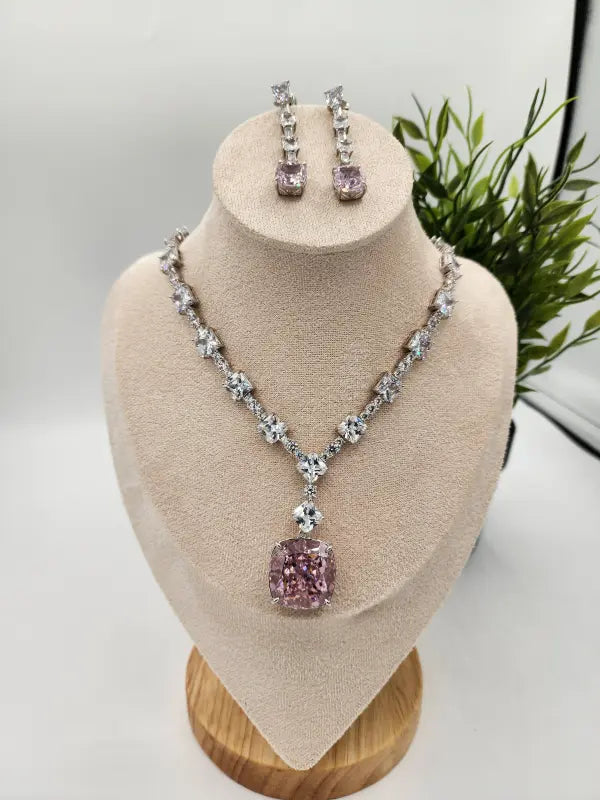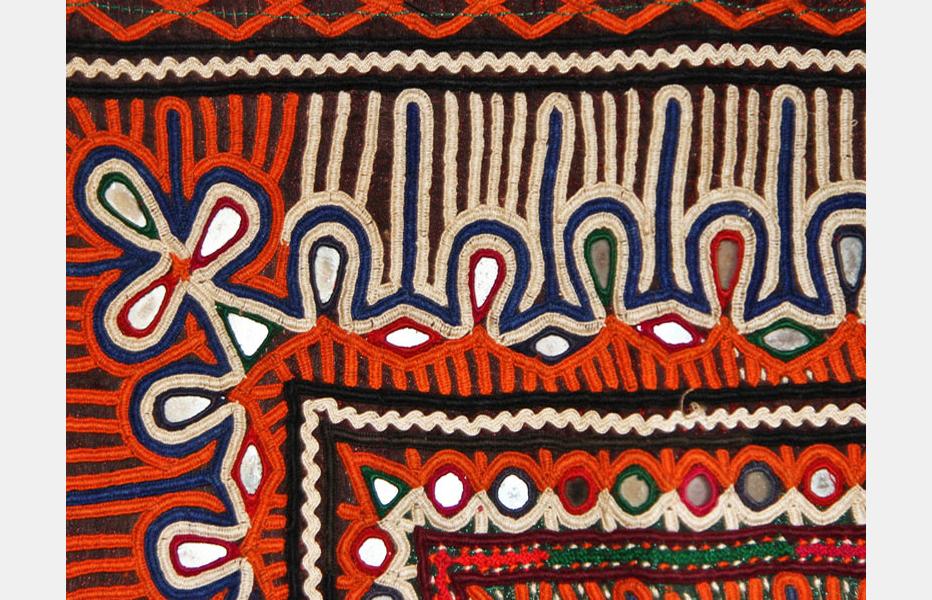Rabari hand embroidery is a traditional art form that hails from the vibrant state of Gujarat in India. It is named after the Rabari community, a nomadic tribe that has been practicing this intricate form of embroidery for centuries. The embroidery is not just a decorative art but a rich cultural expression of the Rabari people's history, lifestyle, and beliefs.
Historical Significance of Rabari Hand Embroidery

The origins of Rabari hand embroidery can be traced back to the early days of the Rabari community, which was traditionally pastoral, relying on livestock for their livelihood. The art form was primarily practiced by women in the community, who would create elaborate embroidered pieces to adorn their clothing and household items. These embroidered textiles often carried significant cultural meaning, with motifs symbolizing aspects of nature, mythology, and daily life.
Unique Features of Rabari Hand Embroidery

Rabari embroidery is renowned for its distinctive style, characterized by bold patterns, vibrant colors, and intricate detailing. The most common materials used are cotton and silk threads, which are stitched onto cloth using a variety of techniques. One of the most striking features of Rabari embroidery is the use of mirror work, where small mirrors are sewn into the fabric to create a shimmering effect. This not only adds to the visual appeal but also is believed to ward off evil spirits.
Common Motifs and Symbols in Rabari Embroidery

The motifs used in Rabari embroidery are deeply symbolic and often tell stories of the Rabari way of life. Common motifs include animals such as camels, elephants, and peacocks, which are significant in Rabari culture. Geometric patterns are also prevalent, with shapes like squares, triangles, and diamonds being used to create intricate designs. Floral patterns, religious symbols, and scenes from folklore are also commonly depicted.
Rabari hand embroidery employs a variety of stitching techniques, each adding a different texture and dimension to the fabric. The most common stitches include chain stitch, herringbone stitch, and running stitch. The embroidery is typically done on a base of cotton or woolen fabric, and the threads used are usually in bright colors like red, yellow, and blue. The use of mirrors, beads, and sequins further enhances the intricate designs.
Cultural Significance of Rabari Embroidery

For the Rabari community, embroidery is more than just a craft; it is a vital part of their cultural identity. Traditionally, young Rabari girls would learn the art of embroidery from their mothers and grandmothers, and the skills would be passed down through generations. The embroidered pieces would be used in various life events, such as weddings, births, and festivals, serving as a visual representation of the community's traditions and values. In recent years, Rabari hand embroidery has gained popularity beyond the borders of Gujarat, finding its way into contemporary fashion and interior design. Designers and artisans have incorporated Rabari motifs into modern clothing, accessories, and home décor items, giving the traditional art form a new lease on life. This has not only provided economic opportunities for the Rabari community but also helped in preserving and promoting their cultural heritage.
Challenges Faced by Rabari Artisans

Despite its growing popularity, Rabari hand embroidery faces several challenges. One of the main issues is the decline in the number of skilled artisans, as younger generations move away from traditional crafts in search of better economic opportunities. Additionally, the commercialization of the art form has led to the exploitation of artisans, who often do not receive fair compensation for their work. There is also the risk of cultural appropriation, where the art is used without proper acknowledgment or respect for its cultural significance.
Efforts to Preserve Rabari Hand Embroidery

Various initiatives have been launched to preserve and promote Rabari hand embroidery. Non-governmental organizations (NGOs) and social enterprises have been working to provide training and support to Rabari artisans, helping them to improve their skills and access wider markets. There is also a growing movement towards ethical fashion, where consumers are encouraged to support handmade products that are produced in a fair and sustainable manner.
How to Recognize Authentic Rabari Embroidery

For those interested in purchasing Rabari embroidery, it is important to recognize the authenticity of the work. Authentic Rabari embroidery is usually done by hand, with each piece taking several days or even weeks to complete. The use of natural fibers and dyes is another hallmark of genuine Rabari work. Buyers should also look for the characteristic mirror work and the traditional motifs that are unique to Rabari embroidery.
Conclusion: The Future of Rabari Hand Embroidery
Rabari hand embroidery is a beautiful and meaningful art form that reflects the rich cultural heritage of the Rabari community. While it faces challenges in the modern world, efforts to preserve and promote this traditional craft offer hope for its continued survival. By supporting Rabari artisans and appreciating the cultural significance of their work, we can help ensure that this intricate embroidery continues to thrive for generations to come.
FREQUENTLY ASKED QUESTIONS
-
What is Rabari hand embroidery?
Rabari hand embroidery is a traditional craft practiced by the Rabari community in Gujarat, India. It is known for its bold patterns, vibrant colors, and the use of mirror work to create intricate and culturally significant designs. -
What materials are commonly used in Rabari embroidery?
Rabari embroidery typically uses cotton or woolen fabric as the base, with brightly colored threads, mirrors, beads, and sequins to create the designs. -
What are the common motifs in Rabari embroidery?
Common motifs in Rabari embroidery include animals like camels and elephants, geometric shapes, floral patterns, and symbols from Rabari folklore and mythology. -
How is Rabari embroidery significant in Rabari culture?
Rabari embroidery is an important cultural expression for the Rabari people, used in clothing, household items, and during significant life events. It serves as a visual representation of their traditions, beliefs, and way of life. -
How can one identify authentic Rabari embroidery?
Authentic Rabari embroidery is hand-stitched, features natural fibers and dyes, includes mirror work, and showcases traditional Rabari motifs. Each piece is unique and typically takes a considerable amount of time to complete.




